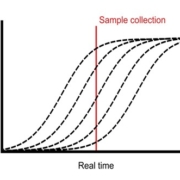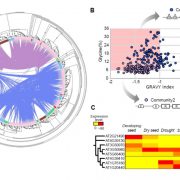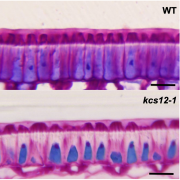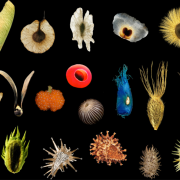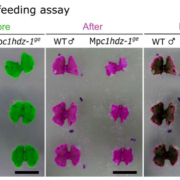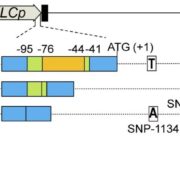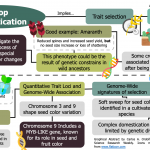Phylogenetic analyses of key developmental genes provide insight into the complex evolution of seeds ($) (Mol. Phylogenet. Evol.)
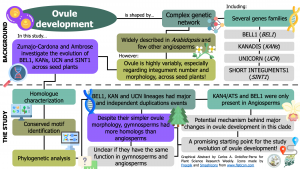 The complex genetic network behind the development of the ovule –the cell that will give place to seeds after fertilization– has been widely described in some model plants. However, ovules hold a high variability in integument number and morphology across seed plants. To understand the genetic mechanism behind this diversity, Zumajo-Cardona and Ambrose analyze the evolution of gene families known for its role in ovule development: BELL1 (BEL1), KANADIs (KAN1, KAN2, and KAN4/ATS), UNICORN (UCN) and SHORT INTEGUMENTS1 (SIN1). To achieve this, the authors look for homologs of these genes and map their changes and position in plant phylogeny. Three of these lineages (BEL1, KAN, and UCN) experienced several large and independent duplication events across seed plant evolution. Some homologs such as ATS and BEL1 were specific to angiosperms, suggesting they could be responsible for the major changes in ovule development in this clade. Interestingly, despite its simple ovule morphology, gymnosperms presented more gene homologs. However, whether these have the same functions as their angiosperms counterparts remains unclear. As a result, this exciting research is a starting point for future efforts about the molecular genetics of ovule development. (Summary by Carlos A. Ordóñez-Parra @caordonezparra) Mol. Phylogenet. Evol. 10.1016/j.ympev.2020.106778
The complex genetic network behind the development of the ovule –the cell that will give place to seeds after fertilization– has been widely described in some model plants. However, ovules hold a high variability in integument number and morphology across seed plants. To understand the genetic mechanism behind this diversity, Zumajo-Cardona and Ambrose analyze the evolution of gene families known for its role in ovule development: BELL1 (BEL1), KANADIs (KAN1, KAN2, and KAN4/ATS), UNICORN (UCN) and SHORT INTEGUMENTS1 (SIN1). To achieve this, the authors look for homologs of these genes and map their changes and position in plant phylogeny. Three of these lineages (BEL1, KAN, and UCN) experienced several large and independent duplication events across seed plant evolution. Some homologs such as ATS and BEL1 were specific to angiosperms, suggesting they could be responsible for the major changes in ovule development in this clade. Interestingly, despite its simple ovule morphology, gymnosperms presented more gene homologs. However, whether these have the same functions as their angiosperms counterparts remains unclear. As a result, this exciting research is a starting point for future efforts about the molecular genetics of ovule development. (Summary by Carlos A. Ordóñez-Parra @caordonezparra) Mol. Phylogenet. Evol. 10.1016/j.ympev.2020.106778


